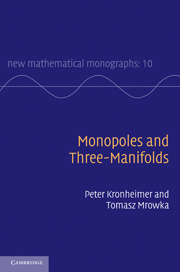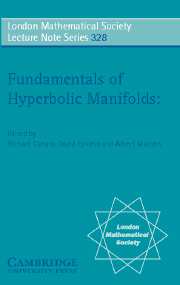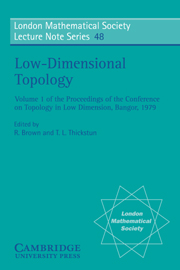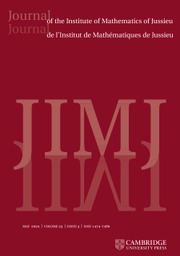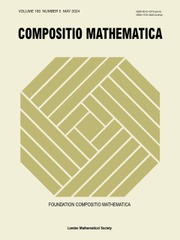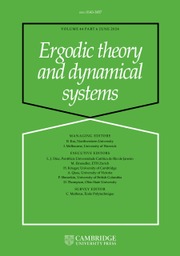Monopoles and Three-Manifolds
Originating with Andreas Floer in the 1980s, Floer homology has proved to be an effective tool in tackling many important problems in three- and four-dimensional geometry and topology. This 2007 book provides a comprehensive treatment of Floer homology, based on the Seiberg–Witten monopole equations. After first providing an overview of the results, the authors develop the analytic properties of the Seiberg–Witten equations, assuming only a basic grounding in differential geometry and analysis. The Floer groups of a general three-manifold are then defined and their properties studied in detail. Two final chapters are devoted to the calculation of Floer groups and to applications of the theory in topology. Suitable for beginning graduate students and researchers, this book provides a full discussion of a central part of the study of the topology of manifolds.
- First comprehensive treatment of Seiberg–Witten Floer homology
- Offers a clear overview of recent developments in topology originating from the material presented
- The treatment of underlying techniques will provide students with skills applicable elsewhere in geometry and topology
Reviews & endorsements
'… there are mathematics books that are classics; these are books that tell a particular story in the right way. As such, they will never go out of date and never be bettered. Kronheimer and Mrowka's book is almost surely such a book. If you want to learn about Floer homology in the Seiberg–Witten context, you will do no better than to read Kronheimer and Mrowka's masterpiece Monopoles and Three-Manifolds.' Clifford Henry Taubes, Bulletin of the American Mathematical Society
'This long-awaited book is a complete and detailed exposition of the Floer theory for Seiberg-Witten invariants. It is very nicely written and contains all proofs of results. This makes the book an essential tool for both researchers and students working in this area of mathematics.' Mathematical Reviews
'This book is the definitive bible for anyone wanting to learn the full story of the various Seiberg-Witten Floer homology theories … There are mathematics books that are classics. As such, they will never go out of date and never be improved. The present masterpiece is almost surely such a book.' Alexander Felshtyn, Zentralblatt MATH
Product details
November 2010Paperback
9780521184762
808 pages
228 × 152 × 41 mm
1.16kg
12 b/w illus.
Temporarily unavailable - available from TBC
Table of Contents
- Preface
- 1. Outlines
- 2. The Seiberg–Witten equations and compactness
- 3. Hilbert manifolds and perturbations
- 4. Moduli spaces and transversality
- 5. Compactness and gluing
- 6. Floer homology
- 7. Cobordisms and invariance
- 8. Non-exact perturbations
- 9. Calculations
- 10. Further developments
- References
- Glossary of notation
- Index.

